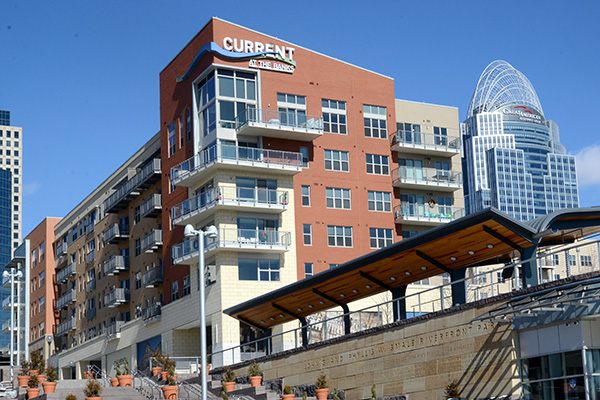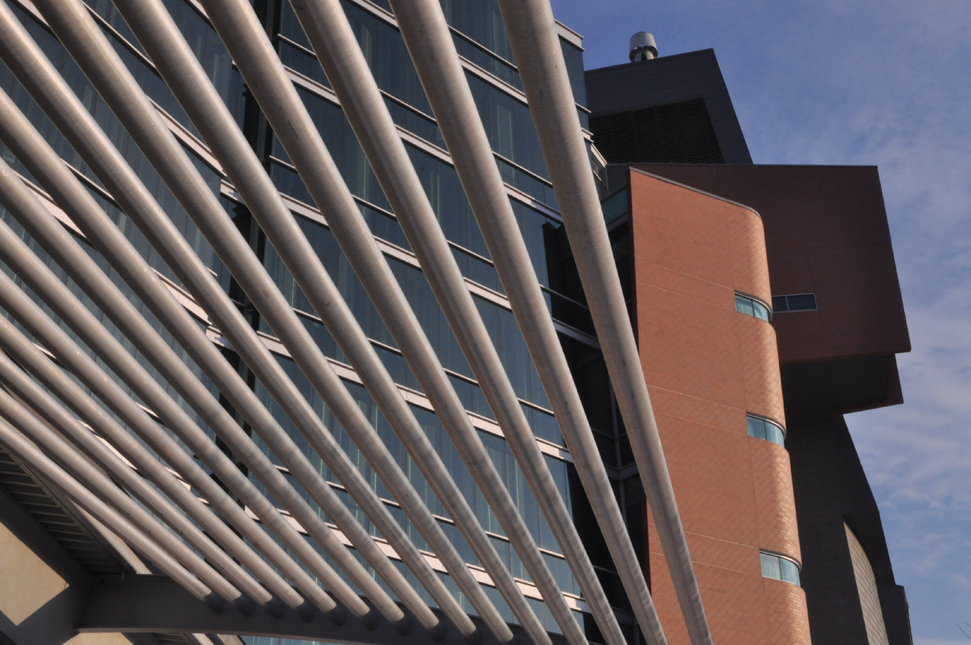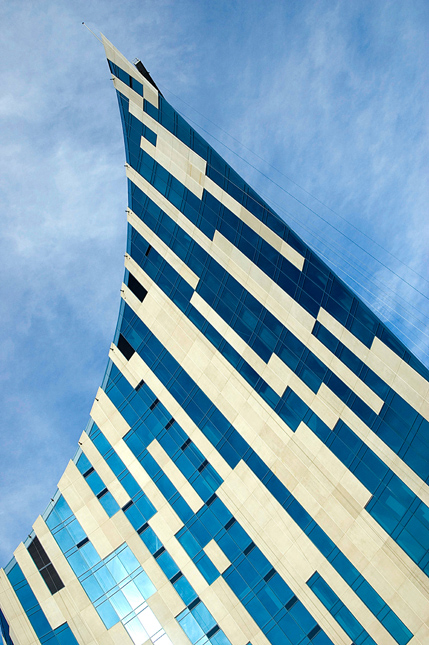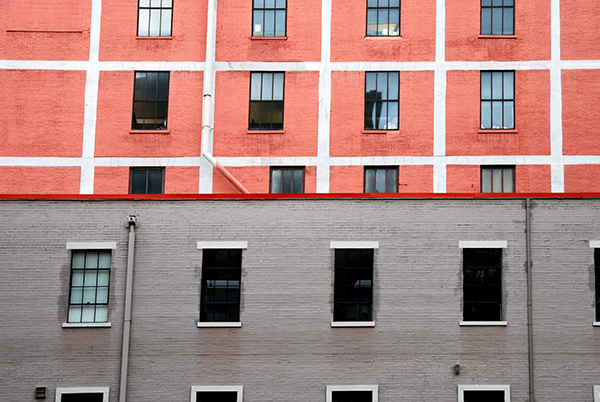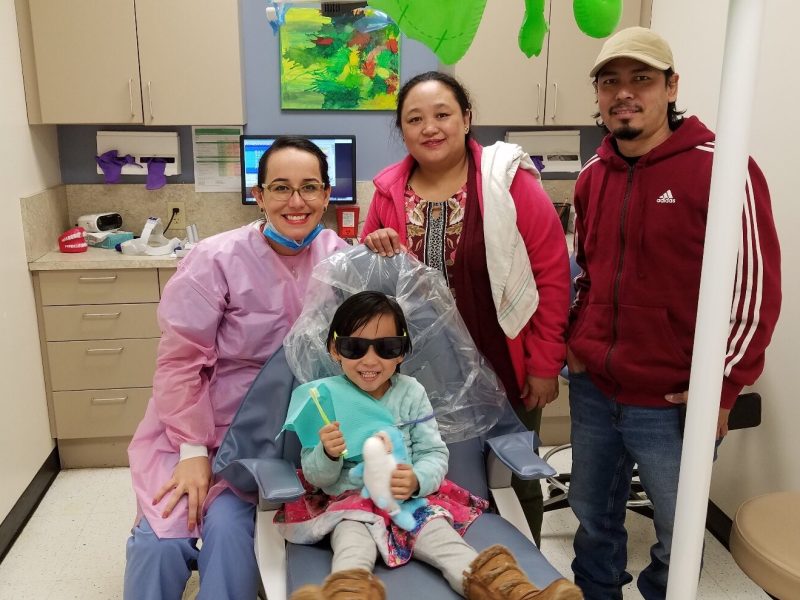Demand Better: Architecture’s impact on Cincinnati’s economy
As election day approaches, we'll be re-running our four-part Demand Better series in an effort to spark conversations and provoke thought about how we can demand more from our city's leaders. This week, we take a look at the topic of architecture.
During the month of August, “Soapbox” ran a four-part series of stories focused on topics for which local leaders and citizens truly do have the power to make a difference. As election day approaches, we’ll be re-running those stories in an effort to spark conversations and provoke thought about how we can demand better from our city’s leaders and affect real change. This week, we take a look at the topic of architecture.
The backstory
Close your eyes and think of a really great city. What image comes to mind? The Chrysler Building? The bean at Millenium Park? Faneuil Hall? Walt Disney Concert Hall?
Buildings, and the entire built environment, are what set cities apart.
“When you ask people what cities they love and what cities they care about, that can’t be discussed without talking about architecture,” says Michael Zaretsky, associate professor of architecture at the University of Cincinnati.
Mark Muenzer, a UC College of Design, Architecture, Art & Planning alum who until recently served as the manager of the city of Chicago’s zoning board of appeals, takes it even further. “Architecture impacts both residents’ and non-residents’ impressions and feelings about the city.”
Those thoughts and feelings, by extension, can sway job candidates and prospective students, travelers and convention planners. In so many ways, the built environment of a city—its buildings, its landscapes, its design—influence its capability to thrive.
“If something is not architecturally pleasing and is very generic and vanilla, it’s either forgotten about or dismissed,” says Muenzer, who recently took on the job as director of community development for Chicago suburb and Northwestern University home, Evanston, Ill.
Even to residents who live in suburbs, a strong urban core matters. A lot. America continues to become more urban; just more than 80 percent of the population now lives in urban areas, according to the 2010 Census. A vibrant city entices visitors and instills pride, in part, through its buildings and the excitement its design engenders.
Without that spark, enthusiasm and opportunities for innovation shrink.
“If we believe in innovation, we have to allow our architecture to be innovative,” Zaretsky says.
When it came to architecture and city planning, early Cincinnati leaders embraced innovation. In 1925, Cincinnati introduced the first zoning plans in the country when leaders adopted a first-of-its-kind comprehensive plan.
Union Terminal, ranked 45th on the American Institute of Architects’ list of favorite buildings, places higher on the architectural list than Frank Lloyd Wright’s Guggenheim Museum, the New York Public Library and Carnegie Hall. It was the first intermodal transportation hub in the nation, not to mention an Art Deco masterpiece.
Carew Tower was completed against all odds in 1930, in the midst of the Great Depression. It was the nation’s first model for mixed-use urban development, beating out Rockefeller Center (which is also ranked lower on the AIA list than Union Terminal) by two years. It was also the model for the Empire State Building, as the Roebling Bridge was the model for the Brooklyn Bridge.
Once again the center of fresh development, Over-the-Rhine includes 360 historic acres and features the country’s largest contiguous collection of 19th century Italianate architecture. Its architects and builders used materials that make other urban centers green with envy. It also houses public gathering spaces that successfully bring disparate groups of people together on a regular basis—Findlay Market and Washington Park.
“We have so many incredible things that define what is unique about this city,” Zaretsky says. “We have this amazing terrain, we have this incredible landscape with this river and these views and all of these beautiful vistas and then you have this incredible architectural history. That’s an incredibly unique opportunity.”
Where we are now
The city that pioneered planning has admittedly made some poorly planned decisions. For example, residents still struggle to rebuild the divide created when I-75 construction cut off the city’s western neighborhoods from downtown. And for five years at the beginning of this century, from the end of 2002 until 2007, the City abolished its Planning Department altogether.
In 2003, a Planning Department-free city embarked on the public-private effort known as the Cincinnati Center City Development Corporation, or 3CDC. Its efforts to “jumpstart economic development in the urban core” have helped lead to more than $717 million of investments in development and a host of new business and residential projects in the Central Business District (the area south of OTR), the Gateway Quarter, the renovated Washington Park, the under-construction Mercer Commons and beyond.
“Development in the city is a complex issue,” says Zaretsky. “3CDC is trying to do a lot of good things. My concern is that more of the community needs to be at the table.”
He notes the importance of two elements easily overlooked when financial gain is at stake: diversity and innovative design.
“We still need a diversity of incomes together,” he says. “When you look at successful cities, they all thrive on diversity, not just of people but of incomes.”
For example, he notes the differences in development along Vine Street in the Gateway Quarter and along Main Street just a few blocks east. On Main, artisans at Steam Whistle Letterpress work alongside artists with disabilities at Art Beyond Boundaries and co-exist peacefully with long-time neighbors at the Mary Magdalene House.
“That is what the city is built on,” Zaretsky says of the craft culture. “It’s very hard for that to survive if there is a restaurant next door that’s $100 a person.”
The mix can be a challenge to sustain, but it’s a necessary one. “There’s some balance that has to occur between encouraging young businesses, encouraging craft, encouraging creativity in every sense in the city,” Zaretsky says. “The places where the artists go in cities are usually where the excitement happens.”
Encouraging innovative design brings another set of challenges, adds Chicago’s Muenzer. “Cincinnati is very fortunate with its geography and certainly with a lot of its older housing stock,” he says, who worked for the Hamilton County Development Center in the 1990s and is impressed with the changes he’s seen on recent return visits. “The challenge for Cincinnati is to encourage development and also be flexible in terms of the architecture and building materials.”
It’s not enough to just have new buildings; they need to be structures that attract attention and further build on the city’s strengths. In a word, they need to be meaningful.
In the past few years, the city’s record is spotty. The Great American Tower at Queen City Square, with its much-ballyhooed tiara, opened Jan. 1, 2011, as the tallest building downtown after moving its main entrance to Third from Fourth Street and adding an outdoor dining area, as well as other modifications suggested by the city’s Urban Design Review Board.
The 21C Museum and Hotel reimagined the Metropole while keeping much of the building’s character intact. Mercer Commons weathered community pushback: it was judged too modern, not respectful enough of the surrounding architecture and as yet another attempt to push low-income residents north of Liberty and out of downtown altogether. But with dedicated mixed-income units a plan for sustained residential management, 3CDC officials aim to show they have heard the community’s concerns and taken them to heart.
The Banks development along the Ohio River is another story. “The Banks has started to engage the water, but every time I’ve been there it’s felt exclusive,” Zaretsky says. “We’re really missing opportunity.”
The riverfront, an area too long disengaged from downtown’s core now features successful mixed use, but parking options and stadia encourage a get-in-get-out mentality along a space that could be ripe for big community gatherings beyond music festivals and charity runs.
Just off Fountain Square, Restaurant Row awaits new life, while on downtown’s eastern edge, Horseshoe Casino serves as a reminder to many of a missed opportunity to demand better.
Meanwhile, in Hyde Park, Michigan Terrace rose to near universal acclaim and local modernist architect Jose Garcia and designers from DIGS created an exciting extension of the traditional neighborhood square at 2801 Erie.
But in surrounding neighborhoods and suburbs, developments like U Square at the Loop, the redevelopment of the Myron G. Johnson & Son Lumber Company in Northside and Rookwood Exchange in Norwood are reshaping neighborhoods, and Zaretsky, for one, wonders if developers and city officials consider the long-term consequences of their design decisions.
“We are radically changing the experience of the city,” he says. “We have to do that in a responsive, reflective and critical manner to be sure that it’s done in a meaningful way.”
He points to the ongoing successes at Findlay Market and the cutting edge architecture of Zaha Hadid’s Contemporary Arts Center. “Cincinnati knows how to do better,” he says.
The bigger picture
Muenzer says that Cincinnati could learn a couple of important development lessons from Chicago, a town known for its cloud-scratching skyscrapers and embrace of its waterfront.
“While large developments are certainly important, don’t lose sight that it’s the smaller chain developments that are really going to impact the built environment,” he says. The city has developed guidelines for appropriate building materials, scale and site design that serves as the starting point for developers.
“We’ll have intake meetings when things are just conceptual so we can address site plans and building materials and landscaping,” Muenzer says. “By the time it gets to planning and zoning, our boards will be comfortable. They still tweak it, but we’re not bringing something there that the department has not proactively addressed.”
In Chicago, agreements with Walgreens and CVS, as well as McDonald’s and even Dunkin Donuts ensure that new developments in neighborhoods address the buildings’ contexts. Buildings don’t turn their backs to the streets; parking lots are not focal points and building materials are appropriate for the surroundings.
His second piece of advice for the Queen City speaks to attitude and ambition, both of which Chicago has at the ready. “We are a player,” Muenzer says. “We appreciate you coming in to our city and our neighborhoods, but that doesn’t mean we are going to settle. It doesn’t mean you make [the permitting and design process] onerous. It’s just a matter of having a presence at the table and making sure people know the city is at the table and we’re going to make sure that it’s a high quality development.”
Zaretsky credits his experiences living in cities including Copenhagen, Savannah and Seattle for his view of what makes for meaningful architecture. In Savannah, for example, he saw restrictions on new development with a critical eye.
“If we respect the architecture of a place, then we understand that the people designing the place weren’t trying to do something that was old,” he says. “They were doing their best at the time. I don’t think we are doing our best if we are trying to look old. There’s nothing that could be more disrespectful of the existing architecture.”
Demand Better
• Demand innovative architecture and design solutions and embrace them when they come. Think about the big upcoming projects, in particular dunnhumby’s new headquarters in the heart of downtown, more changes in Uptown and continued growth in neighborhoods like Madisonville and Walnut Hills. And be bold.
The city’s adoption of form-based code doesn’t have to stifle creativity as it weeds out unwanted developments, Zaretsky says.
“The public process is not easy,” he says. “It’s not democratic. It’s not everyone voting and that is what gets built. There have to be trained design professionals who can take that input and come up with a vision. I fully believe in trained urban designers and architecture and landscape architecture incorporating those discussions but also coming up with meaningful architecture.”
• Demand that city leaders and developers use principles of inclusive design and public interest design. “There are some incredible people and principles out there for developing places with everyone at the table,” Zaretsky says. “That may take more time and that may be more challenging, but in the end if everyone has a say, then they are invested in and committed to it. Historically that’s how cities succeed.”
• Demand a strong presence at the table alongside developers even considering coming to Cincinnati. With our city’s rich architectural history and powerful potential, let’s hold our heads high at the bargaining table and make sure that every time we reshape our city’s landscape, we are doing it thoughtfully and with an eye toward the long term.
• Demand more public gathering spaces where people from disparate walks of life can mix, mingle and discover happy creative accidents. We already do this at Findlay Market and at Second Sundays on Main. Leaders should encourage the same kind of inclusivity with new ventures and not settle for anything less.

